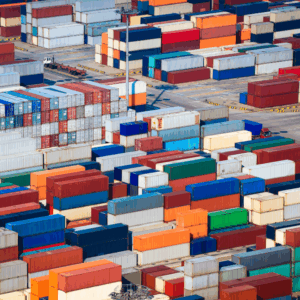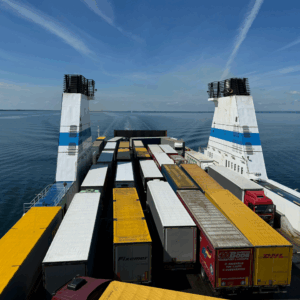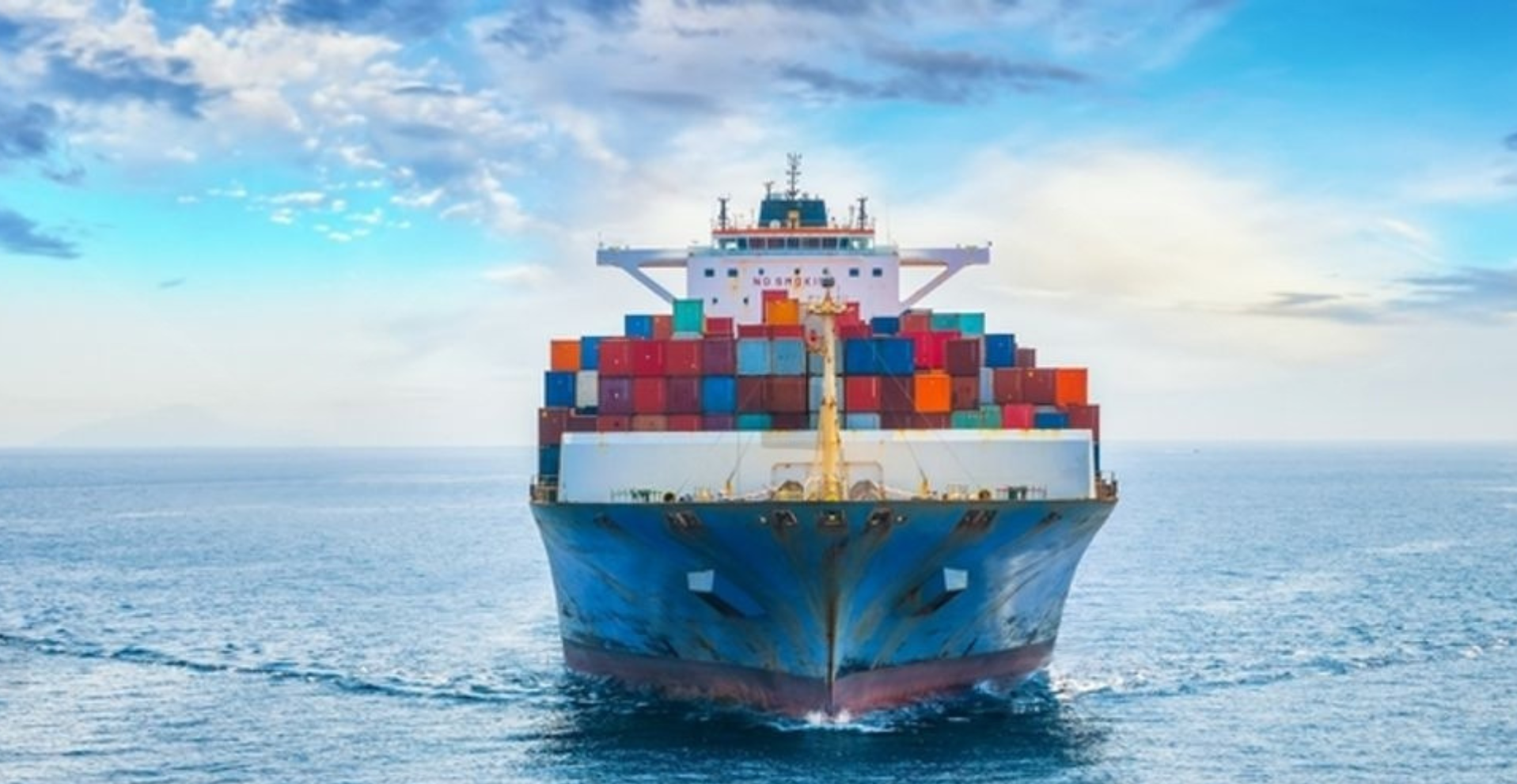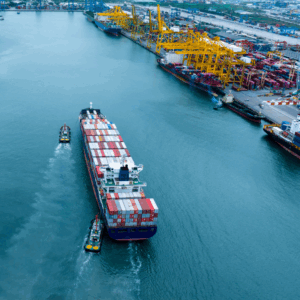 In today’s increasingly complex and globalized logistics ecosystem, understanding the role and function of a destination terminal is essential for optimizing freight shipping, reducing costs, and ensuring the efficiency of supply chains. Far from being a mere unloading station, a destination terminal operates as a strategic logistics node, especially in intermodal transportation, where sea, rail, road, and air converge to deliver freight from origin to final customer.
In today’s increasingly complex and globalized logistics ecosystem, understanding the role and function of a destination terminal is essential for optimizing freight shipping, reducing costs, and ensuring the efficiency of supply chains. Far from being a mere unloading station, a destination terminal operates as a strategic logistics node, especially in intermodal transportation, where sea, rail, road, and air converge to deliver freight from origin to final customer.
This article provides an in-depth exploration of the structural, functional, and technological dimensions of destination terminals, drawing upon intermodal integration, European and U.S. transport infrastructure, and the optimization methods that support terminal operations.
The Role of the Destination Terminal in Freight Transport
A destination terminal represents a critical point in the supply chain. It is where goods are received after their primary transit—be it ocean, air, road, or rail—and where final delivery is coordinated to the consignee. Functionally, a destination terminal handles not only unloading but also customs clearance, temporary storage, cargo consolidation or deconsolidation, inspection processes, and modal reorganization for inland distribution.
The importance of the destination terminal is heightened in intermodal contexts, where minimizing direct cargo handling between modes is essential. For example, in ocean-road or air-road routes, the terminal serves as the efficient transition point between transport modes through specialized infrastructure, advanced equipment, and synchronized logistics planning.
Intermodality and Logistics Terminals
Intermodal transport involves the successive use of two or more transport modes (e.g., ocean, road, air-road) via standardized cargo units, such as containers. The primary objective is to optimize resource utilization, minimize environmental impact, and enhance efficiency in regional and international freight distribution.
Intermodal terminals play a crucial role in facilitating this modal shift, without directly handling the goods. These are strategic nodes where modal transfer occurs, requiring highly specialized infrastructure such as gantry cranes, internal road and yard systems, loading docks, and automated inventory and traffic management systems. The terminal location is critical, as it directly affects logistics costs, environmental sustainability, and regional integration.

Freight Shipping to Spain: Modes, Challenges, and Operational Efficiency
Spain is one of the most vital logistics destinations in Europe for international trade, boasting infrastructure that supports efficient freight shipping by sea, air, and road. The country boasts a network of highly active seaports, including Valencia, Barcelona, Algeciras, and Bilbao, which serve as gateways for global maritime trade. Ocean freight remains the dominant mode of transportation for high-volume cargo, especially on routes between Asia and the Americas. It is ideal for both FCL (Full Container Load) and LCL (Less than Container Load) shipments, enabling economies of scale, though it often involves longer transit times.
Air freight has gained traction in recent years, especially for high-value goods, pharmaceuticals, industrial parts, and time-sensitive electronics. Airports like Madrid-
As for truck freight, it remains indispensable both for intra-EU trade and domestic distribution from seaports and airports to regional logistics centers and final recipients. Spain’s extensive road network allows seamless cargo flows across central logistics nodes. Ground freight is particularly competitive over short to medium distances and is widely used for cargo consolidation and last-mile delivery after ocean or air arrival.
One of the primary logistical challenges in Spain is coordinating efficiently among these three modes of transport. Although seaport and airport infrastructure is highly developed, road operations face urban bottlenecks and congestion at key entry points. Moreover, operational costs at destination terminals can vary significantly depending on the port or airport, the type of goods, and whether the cargo is handled as direct delivery or in-transit shipment.

Air Freight and Metropolitan Economies
In the U.S. context, air freight transport plays a vital role in driving metropolitan economic growth. While its volume in tonnage is lower than that of other modes, its monetary value is significantly higher due to the nature of the goods moved, which include high-tech components, pharmaceuticals, electronics, and time-critical materials.
Geographic analysis reveals that metropolitan areas with diversified logistics infrastructure, a high concentration of tech industries, and a substantial per capita income tend to serve as air cargo hubs. Furthermore, the shadow traffic effect reveals that smaller metro areas near large hubs generate less volume, which influences the design and planning of cargo terminals.
The efficiency of air freight hinges greatly on effective first-mile and last-mile operations. Airport freight terminals must synchronize with ground carriers to avoid
Terminals and Sustainable Logistics
When regional logistics terminals are designed with sustainability in mind, they make significant contributions to emission reduction, urban decongestion, and territorial integration. Developing such centers involves assessing environmental, social, and economic variables. Key factors include proximity to multimodal corridors, connectivity to consumption centers, compatibility with urban development plans, and climate resilience.
Thoughtful logistics planning should involve advanced modeling of loading and unloading operations, internal traffic simulations, long-term volume forecasting, and integration of renewable energy systems and intelligent automation technologies.
A destination terminal is far more than the endpoint of freight movement. It acts as the integrating node of the entire supply chain, where strategic planning, operational efficiency, modal interoperability, and digital optimization converge. From its role in European intermodality to its economic impact on U.S. logistics hubs, the terminal is a foundational element in achieving resilient, sustainable, and competitive global supply chains.
Understanding the function and significance of destination terminals enables logistics companies, operators, and policymakers to design more effective freight solutions. Any advanced logistics strategy—including digital freight platforms like ExFreight—must place destination terminal management at the center of execution.




Leave A Comment
You must be logged in to post a comment.